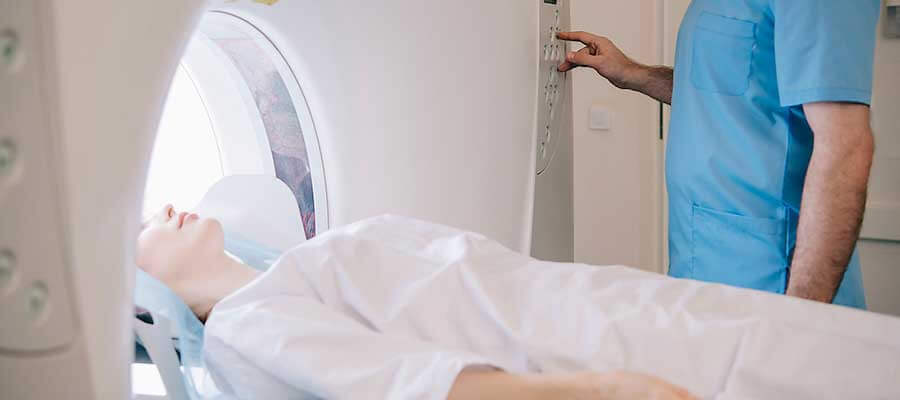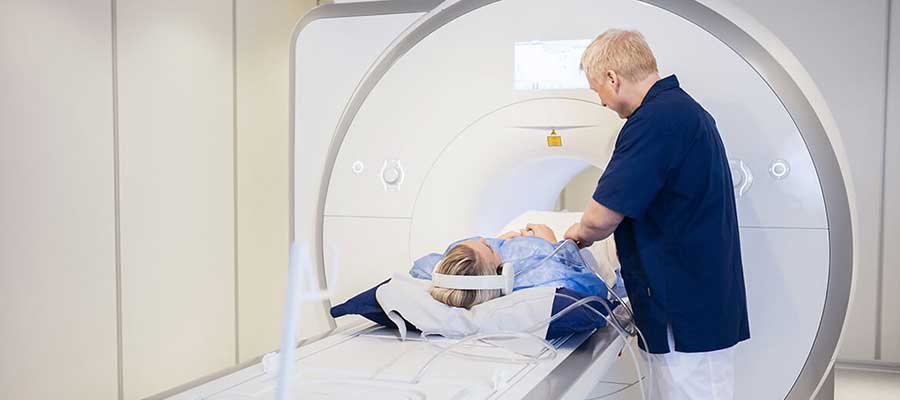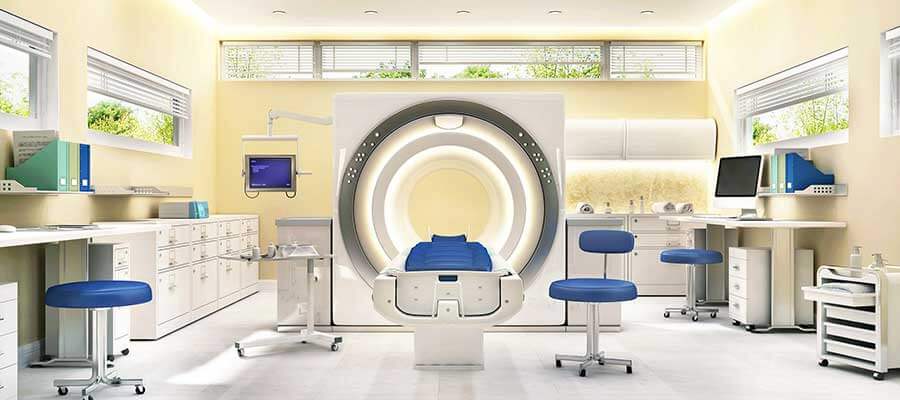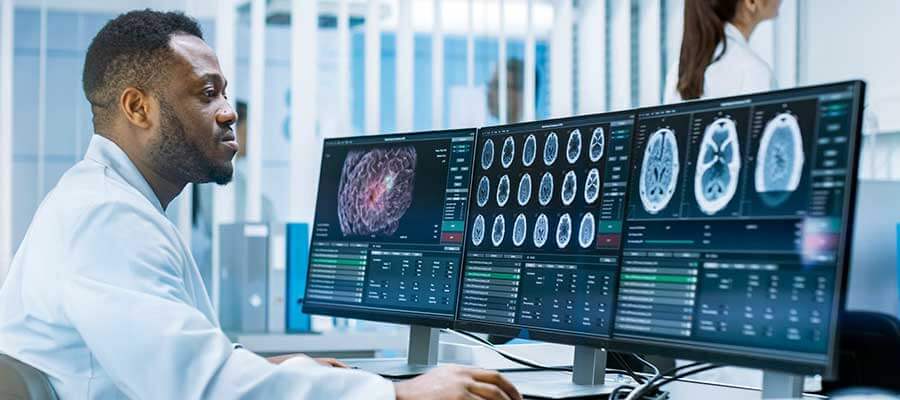Step into the Role of an MRI Technologist
Imagine you’re walking through a hospital, passing labs and treatment rooms, until you reach the MRI suite. There, the soft hum of machinery, the polished control panels, and the scent of antiseptic are all waiting. Patients arrive—some nervous, some curious—and your role is to bridge technology and compassion. You’ll help them feel safe, operate advanced imaging equipment, and produce the images doctors rely on to diagnose everything from torn ligaments to neurological disorders.
If this sounds like where you want to be, the journey begins with the right education and training. Earning an MRI technology degree (often an associate’s) combined with clinical hands-on experience and certification is how most people become magnetic resonance imaging technologists. But it’s not just about checking boxes—how you pick your program, develop your practical skills, and build professional habits makes all the difference.
What to Look for in Your Training Path
Not all MRI training is created equal. Some programs advertise fast tracks or flexible schedules, but you’ll want to ensure what you’re signing up for sets you up for success.
First, check accreditation. Programs accredited by recognized bodies (like ARMRIT or equivalent) meet rigorous standards and are trusted by employers. That means your credential will be respected and valid for certification.
Next, inspect the curriculum closely. You should learn:
-
MRI physics, safety, and patient care.
-
How to operate MRI machines, design pulse sequences, and understand how parameters affect image quality.
-
Anatomy, pathology, and medical terminology so you know both what you’re imaging and what’s normal versus abnormal.
-
Soft skills: medical ethics, cultural competence, and communication. Patients can be nervous or uncertain—knowing how to explain the process and build trust is essential.
Hands-on clinical training is non-negotiable. You’ll need real experience working with patients, positioning them correctly for scans, managing safety protocols, and collecting images under supervision. That practical experience pushes much of what you learned in class into real life.
Also think about flexibility. If you’re working or have other responsibilities, look for programs that offer online or blended learning for theory classes, with clinical externships scheduled nearby. Proper support from clinical coordinators—making sure you can secure and complete your required clinical hours—is a huge help.
Becoming More Than Just Certified
Once you’ve selected the right program, passed your courses, and completed your clinical hours, things get even more interesting. Certification (through ARMRIT or similar) is the credential that typically lets you apply for jobs. But being a good MRI technologist is about more than having the right paperwork.
Here are some qualities and habits that help you not just succeed but stand out:
-
Attention to detail. When images need clarity, or scan parameters require adjustment, small decisions matter. A misplaced setting or a slight misalignment can require rescanning—and that means delays and discomfort for patients.
-
Compassion and communication. MRI can be intimidating. Technologists who take time to explain the machine’s sounds, reassure patients, check for safety, or handle anxiety make for better patient experiences—and often smoother scans.
-
Physical stamina. Though this isn’t a job where you’re constantly running, you’ll spend many hours on your feet, helping position patients, assisting people with mobility challenges, and being active throughout your shift.
-
Lifelong learning. Technology evolves. MRI protocols improve. New safety standards emerge. Those who stay curious, take continuing education, and keep up with the latest in imaging tech will find more opportunities and greater job satisfaction.
Lastly, build your professional network. The clinical sites where you train will likely become part of your first job search—positive impressions, good feedback, and relationships with instructors and clinical supervisors can open doors later.
Becoming a magnetic resonance imaging technologist is a rewarding path—and with the right blend of education, hands-on experience, and character, it becomes a career that offers both stability and meaning. If you’re ready to begin or level up, Pulse Radiology Institute offers ARMRIT-accredited programs built for students with diverse backgrounds and schedules. When you’re prepared in all these dimensions, you won’t just become a technologist—you’ll become someone trusted by patients, teammates, and employers alike.






